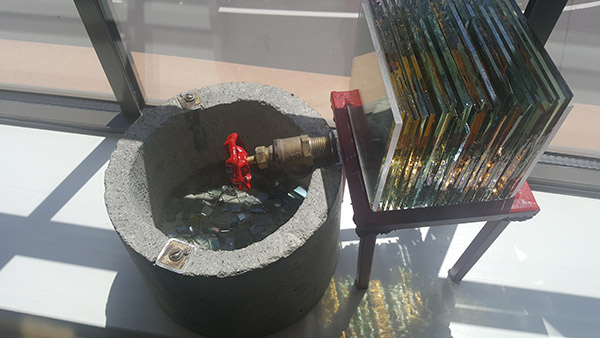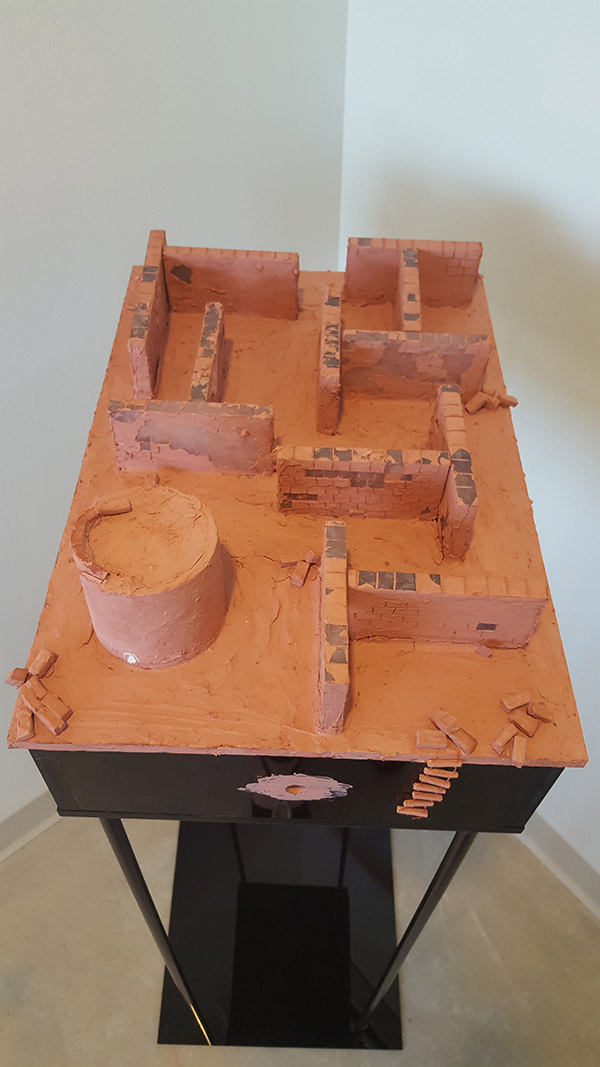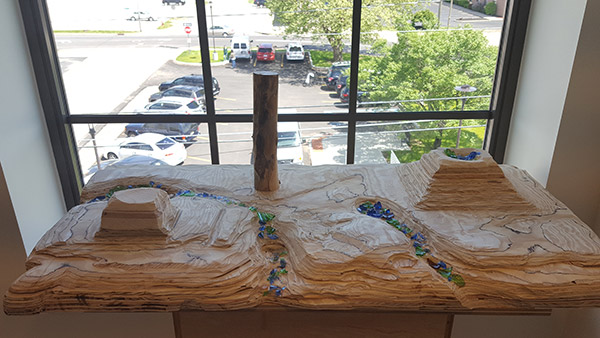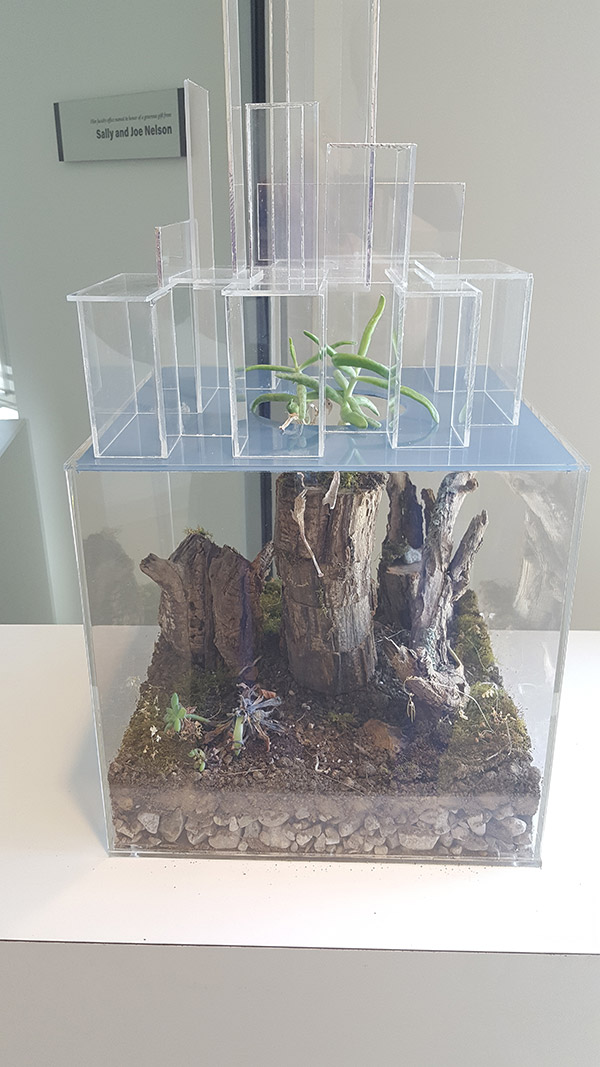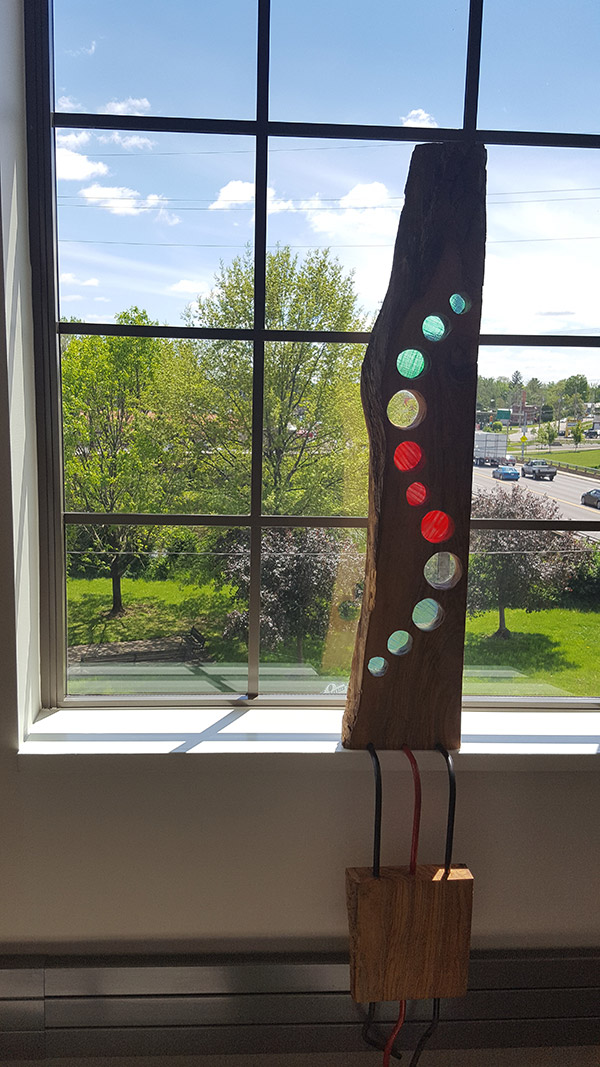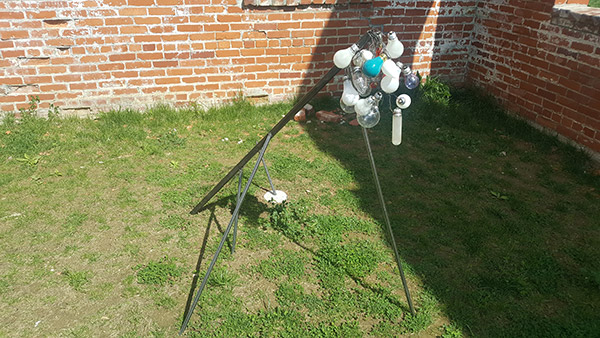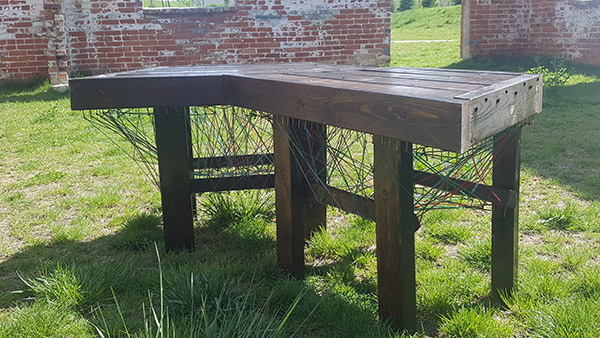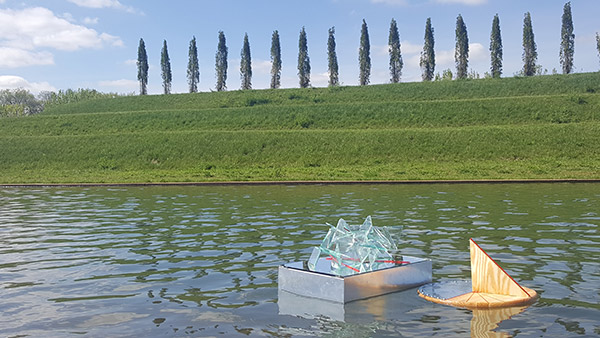You would have needed great connections to work in a glass factory in the early 20th century. Often and sometimes only through family ties, could you get a job in such a place.
Glassworkers were paid well for the time, with men receiving 18 cents/hour, and women receiving 11 (CMoG). Women were usually utilized as detail/defect inspectors of finished pieces, while men actually worked on the floor. Though there is an obvious wage gap, in this context, the work was not “equal work.”The most common age range for younger workers was 14–17 (CMoG). Young boys were often needed, even though the legislation was in place to prevent them from working. These children were sometimes taken from orphanages and exploited as sources of income for their families or for cheap work. (utoledo)
Short-term safety concerns for factory workers included the temperature inside factories and the potential for various degrees of injury from the sharp edges of the finished glass. As Clyde Wilson, an employee of PPG Mount Vernon, described when asked about safety at the plant:
“…when glass breaks over your head, you get your jugular vein cut in two right here….because…the equipment doesn’t cover your neck. [The sheetglass] didn’t go into my jugular vein, but I have seen another guy get his jugular vein cut. And at that time, we didn’t have a nurse in the factory.”
Wilson goes on to describe what the factory floors looked like: “…the floor was always wet with blood… because we done the work by hand and we would get cut, and the glass keeps coming up fast. You have to do everything exactly right.” These injuries were perhaps preventable, and as time went on workers were eventually required to wear more and more protective gear.
As this protection eventually prevented many cuts, the heat of wearing thick clothing became an issue. The more protective clothing worn, the hotter the work became. The extreme heat within the building could range anywhere from 100–140 degrees F, depending on the glassmaking task performed.
A more permanent health concern for glass factory workers was the silica dust in the air that was inhaled daily. Long-term effects of inhaling silicate dust (which is still a concern in certain professions today) include increased the risk of contracting TB, lung cancers, and other chronic breathing problems (OSHA).
http://www.cmog.org/article/jobs-19th-century-glass-factory
http://corporate.ppg.com/Our-Company/company-history.aspx
http://www.loc.gov/pictures/item/ncl2004000113/PP/resource/
http://www.encyclopedia.com/history/encyclopedias-almanacs-transcripts-and-maps/pittsburgh-plate-glass-company
http://www.explainthatstuff.com/glass.html
https://www.utoledo.edu/library/canaday/exhibits/oi/OIExhibit/Batch,Blow.htm
https://www.osha.gov/Publications/silicosis.html

